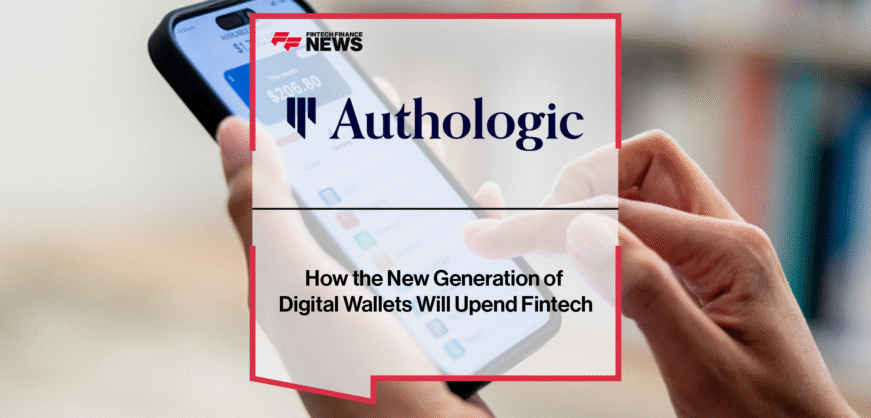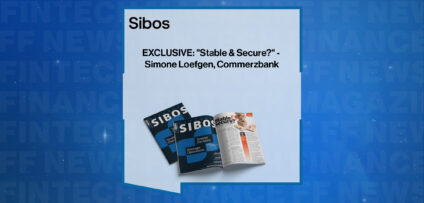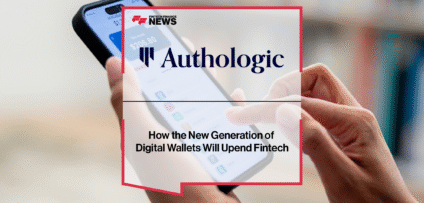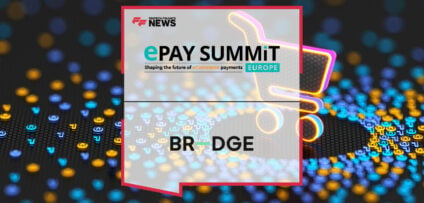Breaking News
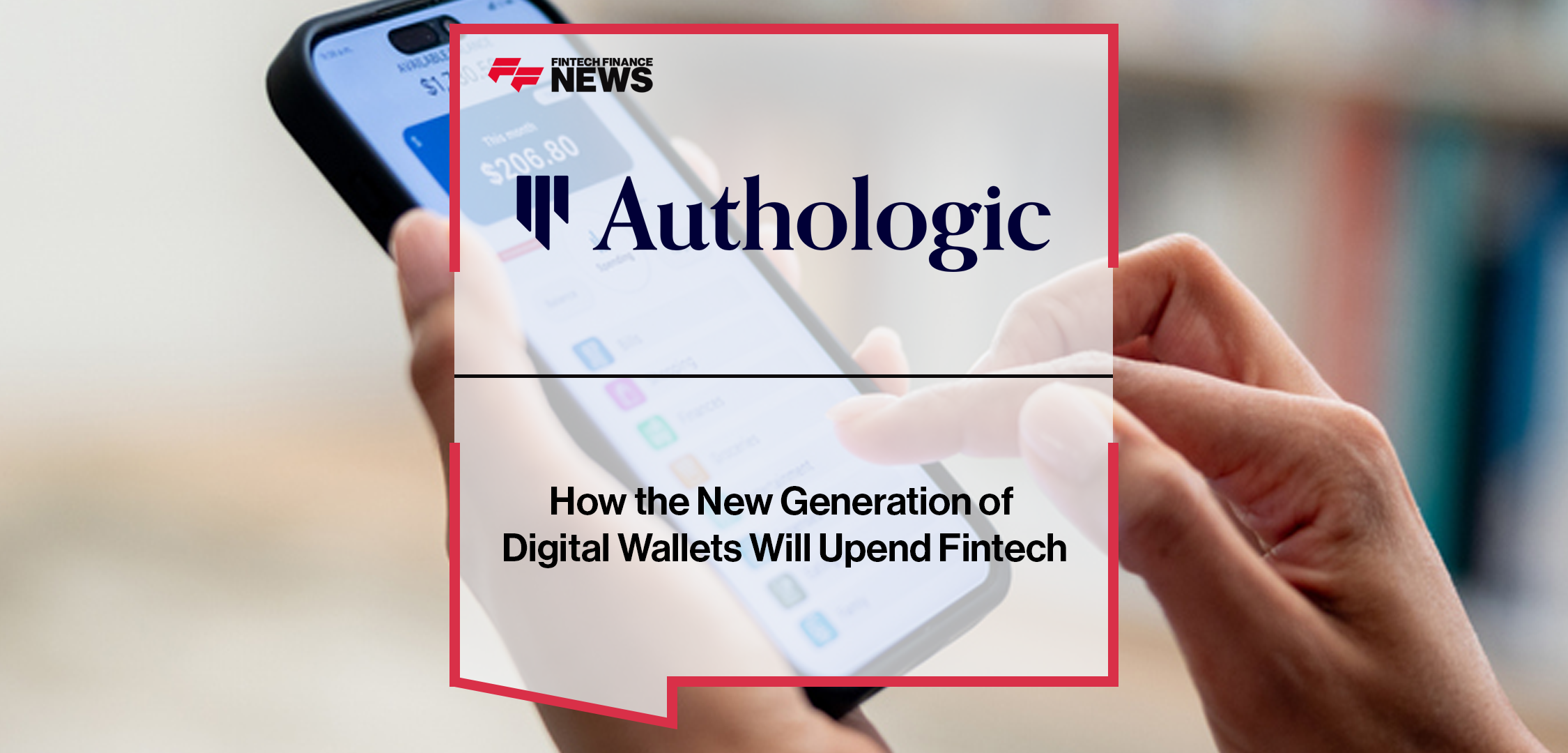
How the New Generation of Digital Wallets Will Upend Fintech
Identity wallets are not a new public-facing technology by any stretch of the imagination, but they are one that’s improving and expanding fast. This June, Apple announced that users in the U.S. would be able to add their passports to Apple Wallet with the forthcoming release of iOS 26. Granted, that plan has since been delayed, but it certainly hasn’t been scrapped. Google, seemingly less plagued by timing snafus, beat Apple to it by several months. Following a 2024 announcement, Google began enabling Android phones in the UK and US to keep a digital passport on Google Wallet.
What was once aspirational among eID advocates is now a live, platform-level reality. The new integration of passports also positions digital wallets’ capabilities to extend even further. Soon it might be commonplace for digital wallets to contain a range of verified documents, from bank account ownership records to tax returns and income statements.
This represents far more than just a UX upgrade. Expansion of digital wallets in this manner represents a seismic shift in how identity is handled across fintech. It will change everything from onboarding and KYC to authentication and even payments. Although none of this should come as a surprise to fintechs, it’s no longer some distant horizon. Fintechs must start preparing for this fast-approaching shift.
How digital wallets moved from movie tickets to sensitive documents
For years, the promise of digital identity was discussed at conferences and sketched out in innovation labs but remained fragmented and limited in adoption. Attempts at reusable identity via federally-mandated eID programs or private and third-party solutions often failed to reach critical mass due to poor UX, lack of interoperability, and trust concerns.
The turning point came when Apple and Google pushed into the digital identity space in earnest. Their existing mobile wallet infrastructures—Apple Wallet and Google Wallet—provided the ideal springboards, as both wallets already enjoyed wide adoption and use for payments and ticketing. Adding verifiable identity credentials into these environments made strategic and technical sense. It also made practical sense to the millions of users who were already comfortable storing sensitive financial data in their phones. The trust was built-in, with both ecosystems offering native biometrics and secure enclaves.
Google and Apple’s digital wallets established a trusted user-facing environment for documents. Government issuance of digital passports and driving licenses has now established a new baseline. It’s only natural that more documents will become digitized and integrated, particularly those tied to financial services.
Fintech’s new identity stack
For the average user, expanded digital IDs are a boost in convenience. For fintechs, expanded digital IDs present a brand new identity stack that’s going to transform their business in a number of crucial ways.
First, expanded digital IDs are going to simplify onboarding. The standard of uploading photos of documents alongside awkward moving selfies has been in decline for a while, and this might end it altogether. Manual verification is becoming increasingly outdated in an environment where users can share structured, verified identity attributes directly from their wallets. Tapping your phone could soon prove not just your name, age, and address but also your credit or income. Cryptographically signed and instantly verifiable credentials are instantly accessible, which reduces drop-off during onboarding and speeds up time to activation.
This expansion is going to have serious implications for Strong Customer Authentication (SCA), a requirement under regulations like PSD2 in Europe. Traditionally, SCA required two of three factors: something you know (your password), something you own (your phone), and something you are (your biometrics). Identity wallets already cover devices and biometric, and with those two aspects native to the process, reliance on fragile mechanisms like SMS codes or one-time passwords can be significantly reduced.
Even payments have the potential to carry embedded trust signals as wallets evolve to include more formal credentials. Fintechs in particular can’t afford to ignore this. High-value transactions can potentially and automatically include proof of account ownership, income range, or regulatory standing. In peer-to-peer or gig economy contexts where the identity of the counterparty matters, this is a major shakeup.
Death knell for live selfies?
The expansion of digital identity will likely reduce reliance on live selfies during onboarding as adoption grows. Despite its standard practice across fintech, the live selfie has never been overly popular with users. It’s a check born out of necessity, but nevertheless prone to false negatives and increasingly vulnerable to deepfake manipulation.
That being said, there are security cases where live selfies may stay relevant and in use despite their occasionally imperfect biometric capture. Certain processes need additional verification that the actual owner of the identity is on the other end, and liveness tests will still be used in those cases. Digital wallets may eventually be expanded to include liveness checks to prevent identity swapping.
Digital wallets will eventually kill the Optical Character Recognition (OCR) processes where you extract data from plastic documents, with which live selfies have long been paired. Going forward, it’s more likely this type of liveness check will become an additional high-security measure alongside digital wallets rather than a commonplace identity check.
Fintech’s short preparation runway
Google and Apple have a global reach and update cycles measured in months, not years. For better or worse, they’re setting the rules, and it’s fintechs’ job to adapt accordingly and at their pace. Adapting begins with integrating support for identity wallet credentials through W3C Verifiable Credentials or by working with issuers who support wallet interoperability.
Once support is in place, fintechs should review current SCA implementation. Explore passwordless authentication strategies that leverage device-native security and biometric. Make a roadmap for getting away from SMS and live selfies.
The digital documents stored by fintechs are issued by banks, payroll providers, and tax authorities. Exploring partnerships where possible is wise, as is designing interoperability frameworks that will allow these credentials to be trusted and ingested in real time.
Identity wallets sit on a foundation of user control that cannot be compromised. Designing for granular consent is essential. Mind your overreach. Transparency nearly always ends up being a competitive advantage.
Mind your regulators, who are already watching this space closely. Federal and local open banking standards are going to matter. Wallets are already regulated by a growing body of digital identity legislation. There is no shortcut to technical readiness and policy awareness. Play by the rules.
Wallets bring usability, security, and portability together under one umbrella. With the ecosystem’s two largest mobile players putting their full weight behind this shift, things are going to move fast. There is a limited time in which fintechs can anticipate, rather than just react and play catch-up. The next decade of fintech identity will be defined by experiences designed for verifiable credentials that are frictionless and trustworthy. Any fintech that plans to be a part of that decade needs to plan for it now.
People In This Post
Companies In This Post
- Business Show Media, Organizer of the World’s Largest Business Events, Reimagines the White Label World Expo for an Exciting New Era Read more
- The Finalists Announced for the 2025 FF Awards Read more
- How the New Generation of Digital Wallets Will Upend Fintech Read more
- EXCLUSIVE: “‘Shadow Boxing'” – Rajul Sood, Acuity Knowledge Partners in ‘The Fintech Magazine’ Read more
- Vennre Builds Wealth Tech Platform Read more






